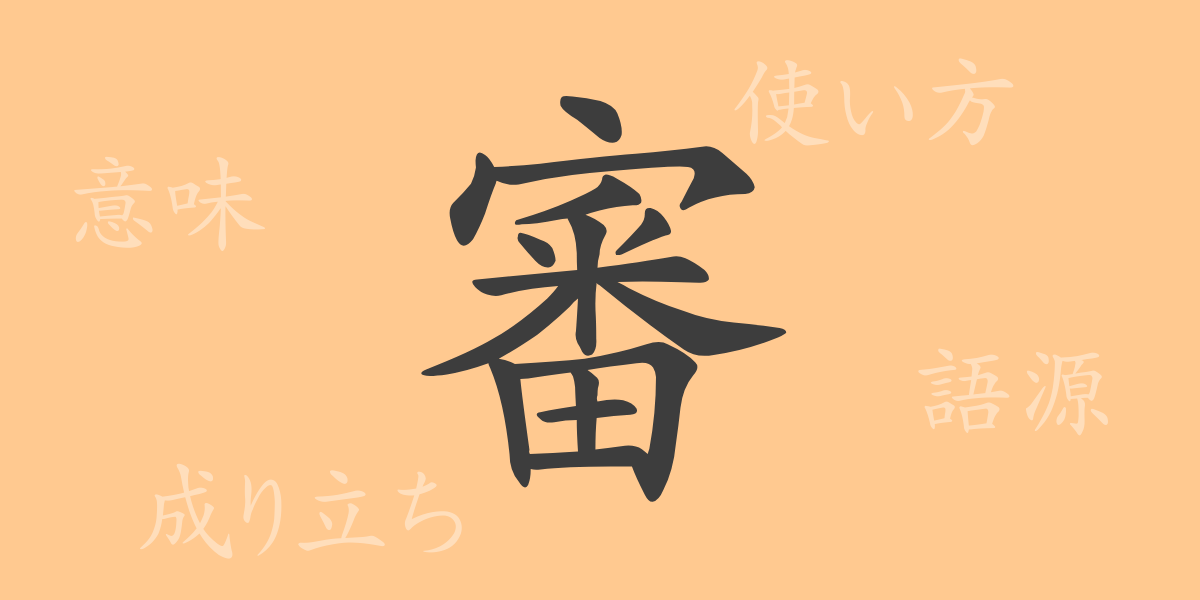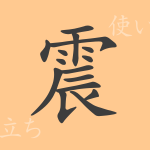Japanese characters, each with profound meanings, significantly contribute to the language’s beauty. The Kanji ‘審’ (しん) plays an essential role, widely used from business to law and everyday conversations. This article delves into the character ‘審’, exploring its origins, meanings, applications, and its significant role in Japanese culture, alongside related idioms and proverbs.
Origins of 審 (しん)
The Kanji ‘審’ evolved from ancient Chinese pictographs. Initially, it combined the ‘宀’ (roof) radical with ‘宣’ (to declare), symbolizing discussions under a roof. This composition suggests thorough examination and deliberation, embodying the transition from spoken words to thoughtful evaluation under protection.
Meaning and Usage of 審
‘審’ conveys the act of examining or deliberating in depth. It’s commonly seen in words like ‘審査’ (examination) and ‘審議’ (deliberation), indicating careful consideration or judicial decisions. In everyday speech, it might appear in phrases like ‘to deliberate thoroughly,’ reflecting its use in thoughtful or judicial contexts.
Readings, Stroke Count, and Radical of 審
The Kanji ‘審’ has various readings and a complex structure:
- Readings: On’yomi is ‘シン’; there are no Kun’yomi.
- Stroke Count: 15 strokes
- Radical: 宀 (roof)
Phrases, Idioms, and Proverbs Using 審
Numerous phrases and idioms incorporate ‘審’, each reflecting the depth of Japanese language. For instance:
- ‘審査’ (しんさ) – Evaluating against certain standards.
- ‘審議’ (しんぎ) – Discussing matters in detail, often in a formal meeting.
- ‘審判’ (しんぱん) – Acting as a referee in sports or making judicial decisions.
- ‘審理’ (しんり) – The process of examining evidence and arguments in court.
Conclusion on 審
The Kanji ‘審’ is instrumental across various contexts, embodying concepts of fairness, thorough investigation, and careful debate. It is indispensable for expressing notions of justice and scrutiny, playing a vital role in business, legal matters, and daily communication. Understanding the phrases and idioms involving ‘審’ can enhance mutual understanding and enrich one’s mastery of Japanese expressions.

























